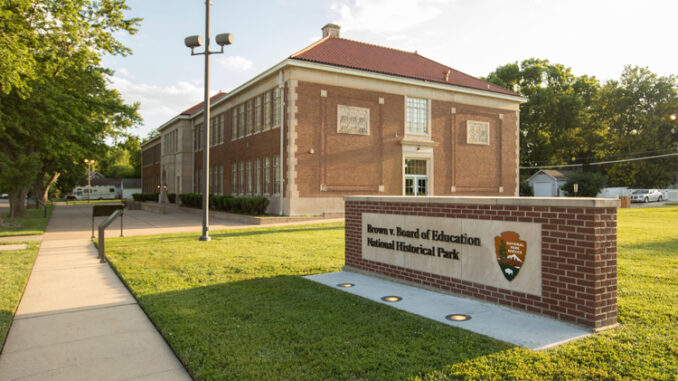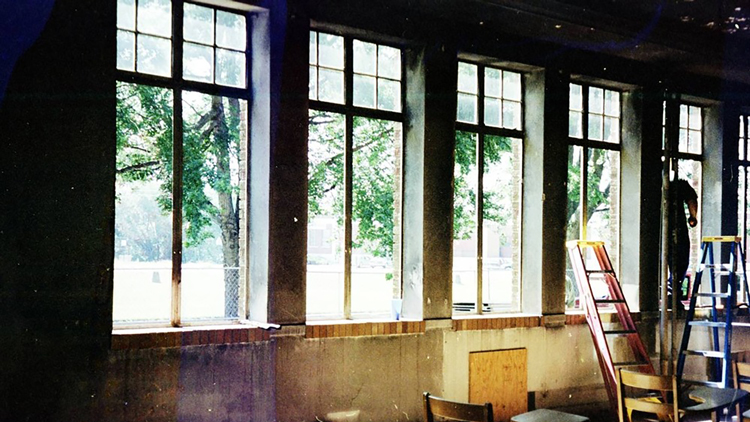
This month marks the 70th anniversary of the Brown v. Board of Education of Topeka court decision. Topeka, Kansas, has a national park that commemorates this landmark decision. It’s called Brown v. Board of Education National Historical Park. The park is holding a “Homecoming Celebration.” They welcome past students and teachers from Topeka’s four former African American schools. The event honors the courage of students, parents, and others who fought for equality.
Prior to the court ruling, schools were segregated. This means that African American and White students attended different schools. The US Supreme Court decided that segregated schools were unconstitutional [in violation of the Constitution of the United States]. The ruling was unanimous, 9-0!
The justices said that segregated schools were unequal. African American students were not receiving the same quality of education as White students. African American schools also received fewer resources than White schools. This decision ushered in enormous change across the country. Brown v. Board of Education ensured that Americans – no matter their race – could expect equal educational opportunities.

Monroe Elementary School, located in Topeka, Kansas, played an important role in the court case. It was a segregated school for African American children. A number of families with children who attended the school sued [brought about legal action] so their children could attend the White school in the area. They believed the White school would provide their children with a better education. Other parents participating in the case had children who attended segregated schools elsewhere in Topeka.
Monroe Elementary closed in 1975. But the building later became a National Historic Landmark. Its status as a landmark protects the building from being torn down. Today, it is a national park dedicated to honoring the legacy of Brown v. Board of Education! Visitors can see a classroom from 1954 view exhibits about the school and this important court case. They can take a self-guided tour of the park. On May 17, they can celebrate students and teachers who fought for equality in schools.
What Do You Think? Why do you think people would celebrate a court decision that happened so long ago?
Photo Credit: [Top]Matt Gush/Alamy Stock Photo;[Bottom]National Park Service



